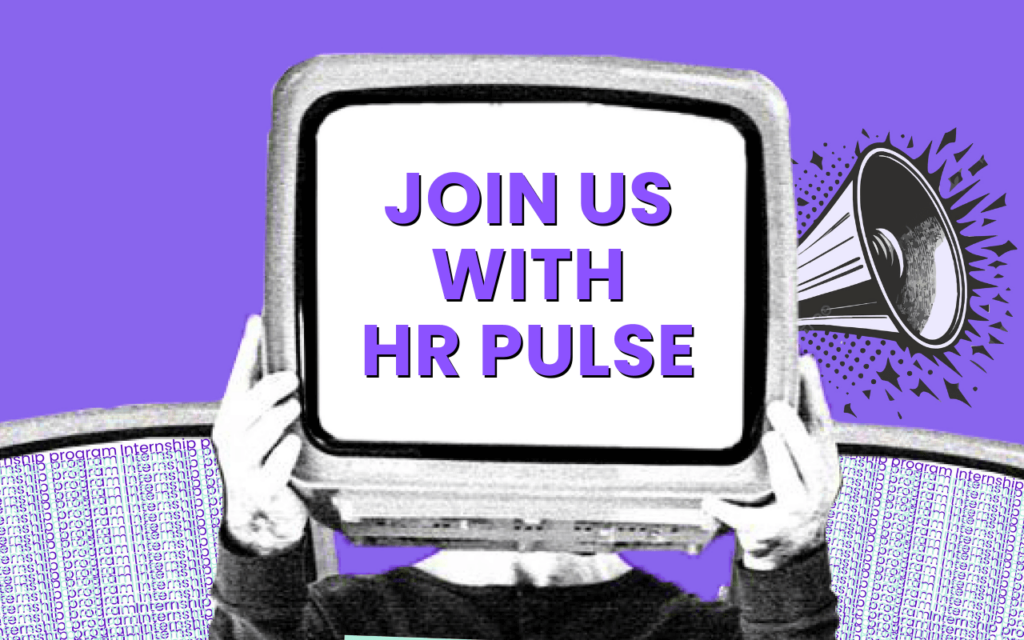A grievance procedure is a formal process through which employees can raise concerns, complaints, or disputes related to their work environment, treatment, or employment terms. It offers a structured way to voice and resolve issues fairly, consistently, and in line with company policy and legal standards.
Grievance procedures are essential for maintaining trust, promoting transparency, and addressing workplace conflicts before they escalate.
What Types of Issues Fall Under a Grievance?
Grievances may involve a wide range of workplace concerns, including:
- Discrimination or harassment
- Bullying or intimidation
- Unfair treatment by managers or colleagues
- Pay or benefits disputes
- Unsafe or unhealthy working conditions
- Breach of employment contract
- Workload or scheduling conflicts
- Disciplinary actions perceived as unjust
Grievances can be formal or informal, and may arise between employees, or between an employee and management.
Why Are Grievance Procedures Important?
Grievance procedures serve multiple purposes in an organization:
- Encourage Communication: Gives employees a safe and official channel to raise concerns.
- Reduce Legal Risk: Helps resolve issues internally before they escalate into legal disputes or lawsuits.
- Promote Fairness: Ensures complaints are heard and handled impartially and consistently.
- Improve Morale: Demonstrates a commitment to a respectful and inclusive work environment.
- Support Accountability: Helps identify and correct systemic issues within teams or departments.
Typical Steps in a Grievance Procedure
While policies may vary, most grievance procedures follow a clear multi-step framework:
- Informal Resolution: The employee raises the issue verbally with their supervisor or HR in an attempt to resolve it informally.
- Formal Complaint: If unresolved, the employee submits a written grievance outlining the issue and any relevant facts or evidence.
- Investigation: HR or a designated authority investigates the complaint, interviews involved parties, and reviews documentation.
- Hearing or Meeting: A formal grievance meeting may be held to discuss the issue and give all parties a chance to be heard.
- Decision and Outcome: HR or management provides a written response, detailing any actions taken or resolutions offered.
- Appeal: If the employee is unsatisfied with the outcome, they may appeal the decision through a secondary review process.
Best Practices for Grievance Handling
To ensure the process is effective, HR should:
- Act Promptly: Address complaints quickly to prevent escalation.
- Maintain Confidentiality: Respect privacy to protect all parties involved.
- Be Objective: Investigate fairly, without bias or favoritism.
- Document Everything: Keep detailed records of the grievance, investigation steps, outcomes, and follow-ups.
- Follow Policy: Ensure all steps comply with the organization’s written procedures and labor laws.
Legal Considerations
Grievance procedures should comply with local labor laws and workplace regulations. In many jurisdictions, having a written grievance policy is a legal requirement, especially for businesses with a certain number of employees. Failing to handle grievances properly can result in legal claims, penalties, or reputational damage.
Grievance Procedure vs. Disciplinary Procedure
While both deal with workplace conflict, these procedures serve different purposes:
| Feature | Grievance Procedure | Disciplinary Procedure |
| Purpose | Employee raises a complaint | Employer addresses employee misconduct |
| Initiated by | Employee | Employer |
| Outcome | Resolution of concern | Warning, suspension, termination, etc. |
| Nature | Reactive and protective | Corrective and sometimes punitive |
An effective grievance procedure is a cornerstone of good HR practice. It ensures employee voices are heard, fosters a culture of trust, and protects both the individual and the organization. To be successful, grievance policies must be clearly communicated, consistently applied, and regularly reviewed to stay relevant with changing legal and cultural expectations.
HR teams should empower employees with the tools and confidence to speak up, knowing their concerns will be addressed fairly and respectfully.









